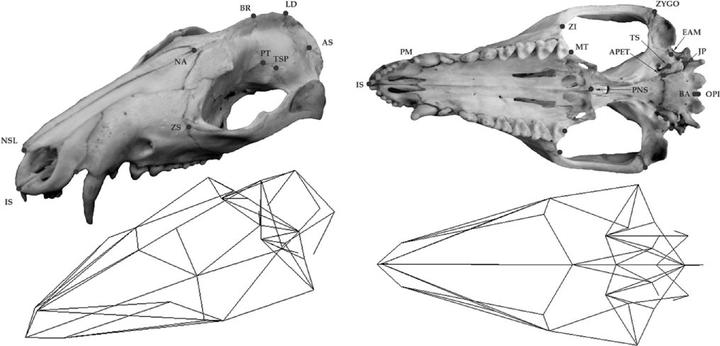Selection Response Decomposition (SRD): A New Tool for Dissecting Differences and Similarities Between Matrices.

Abstract
Genetic and phenotypic variance/covariance matrices are a fundamental measure of the amount of variation and the pattern of association among traits for current investigations in evolutionary biology. Still, few methods have been developed to accomplish the goal of pinpointing in which traits two matrices differ most, hampering further works on the field. We here described a novel method for dissecting matrix comparisons. This method is called Selection Response Decomposition and is an extension of the random skewers in the sense that evolutionary responses produced by known simulated selection vectors are unfolded and then compared in terms of the direct and indirect responses to selection for any trait. We also applied the method in diverse case studies, illustrating its potential. Both theoretical matrices and empirical biological data were used in the comparisons made. In the theoretical ones, the method was able to determine exactly which traits were responsible for the known a priori differences between the matrices, as well as where matrices remained similar to each other. Similar support could be observed in comparisons carried on between matrices produced from empirical biological data, since reasonable and detailed interpretations could be made regarding matrix comparisons. SRD represents an excellent tool for matrix comparisons and should provide quantitative evolutionary biology with a new method for analyzing and comparing variance/covariance patterns.
SRD is implemented in the EvolQG package.